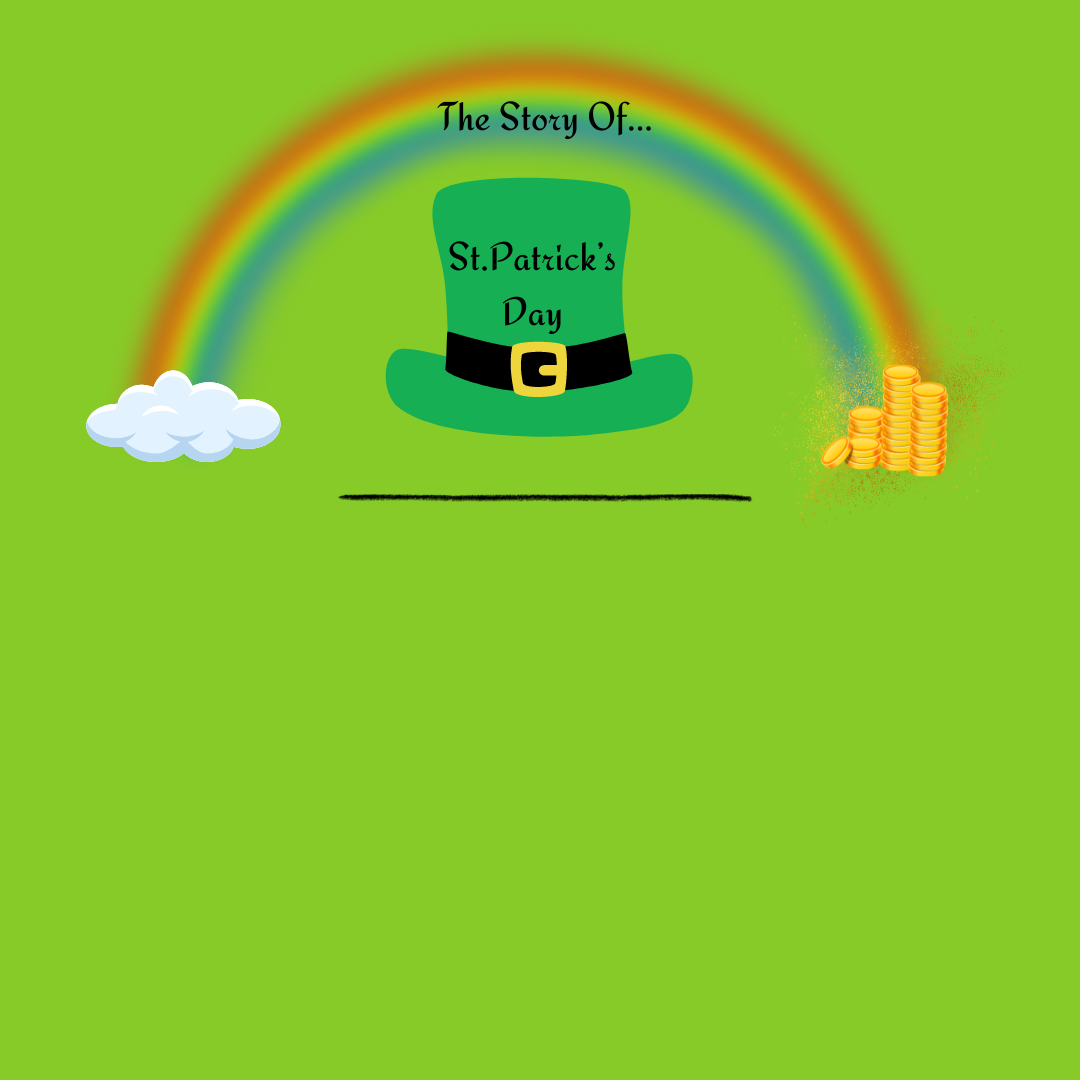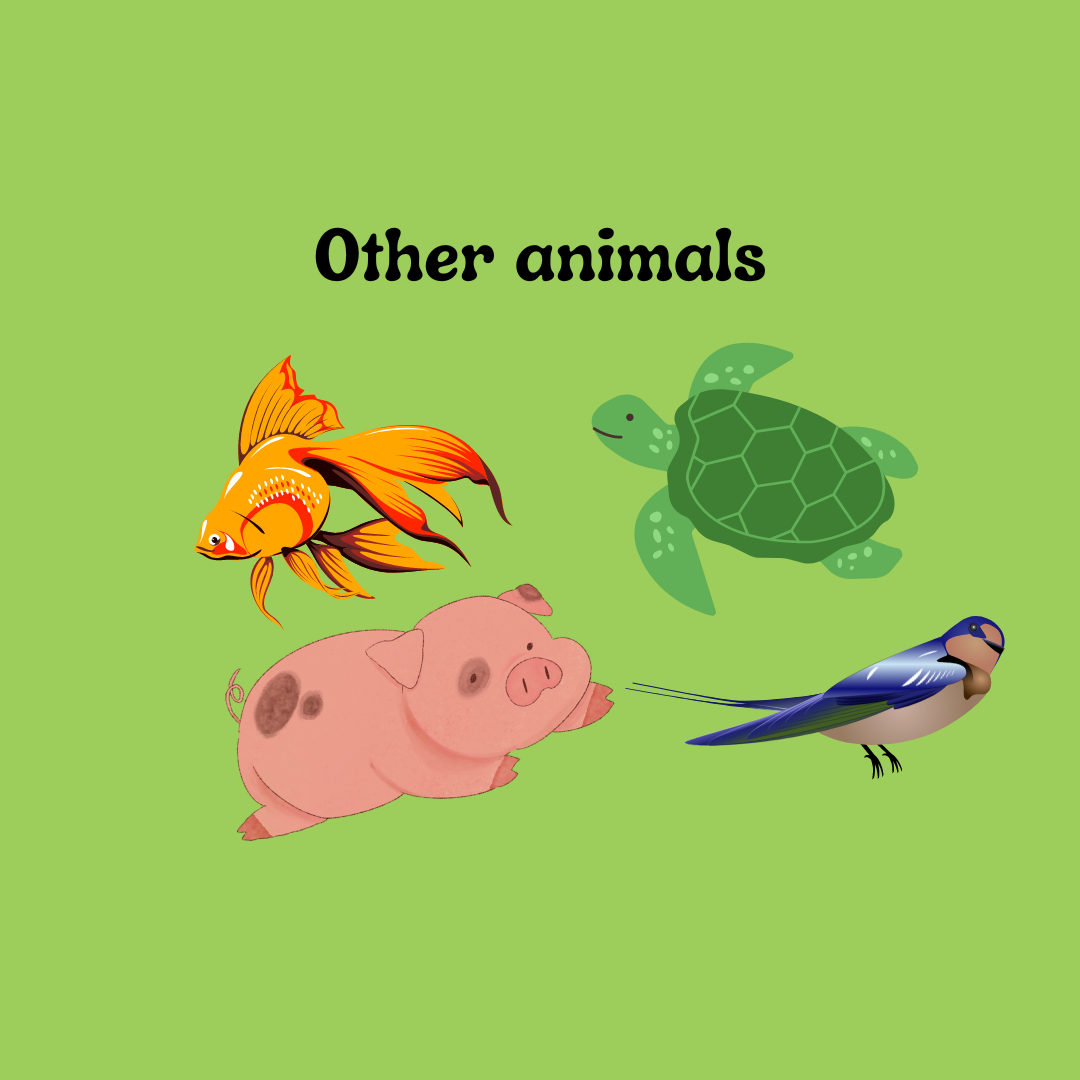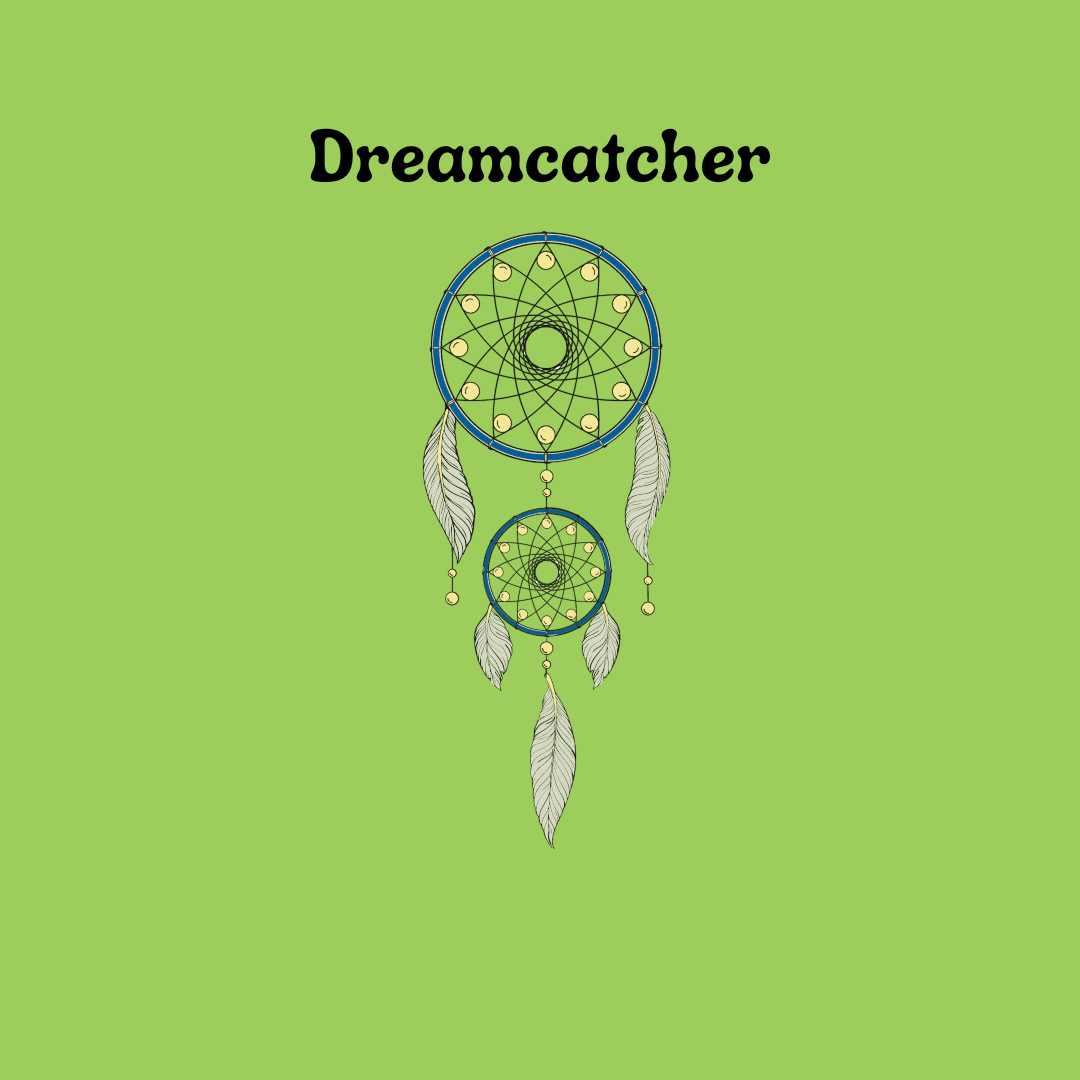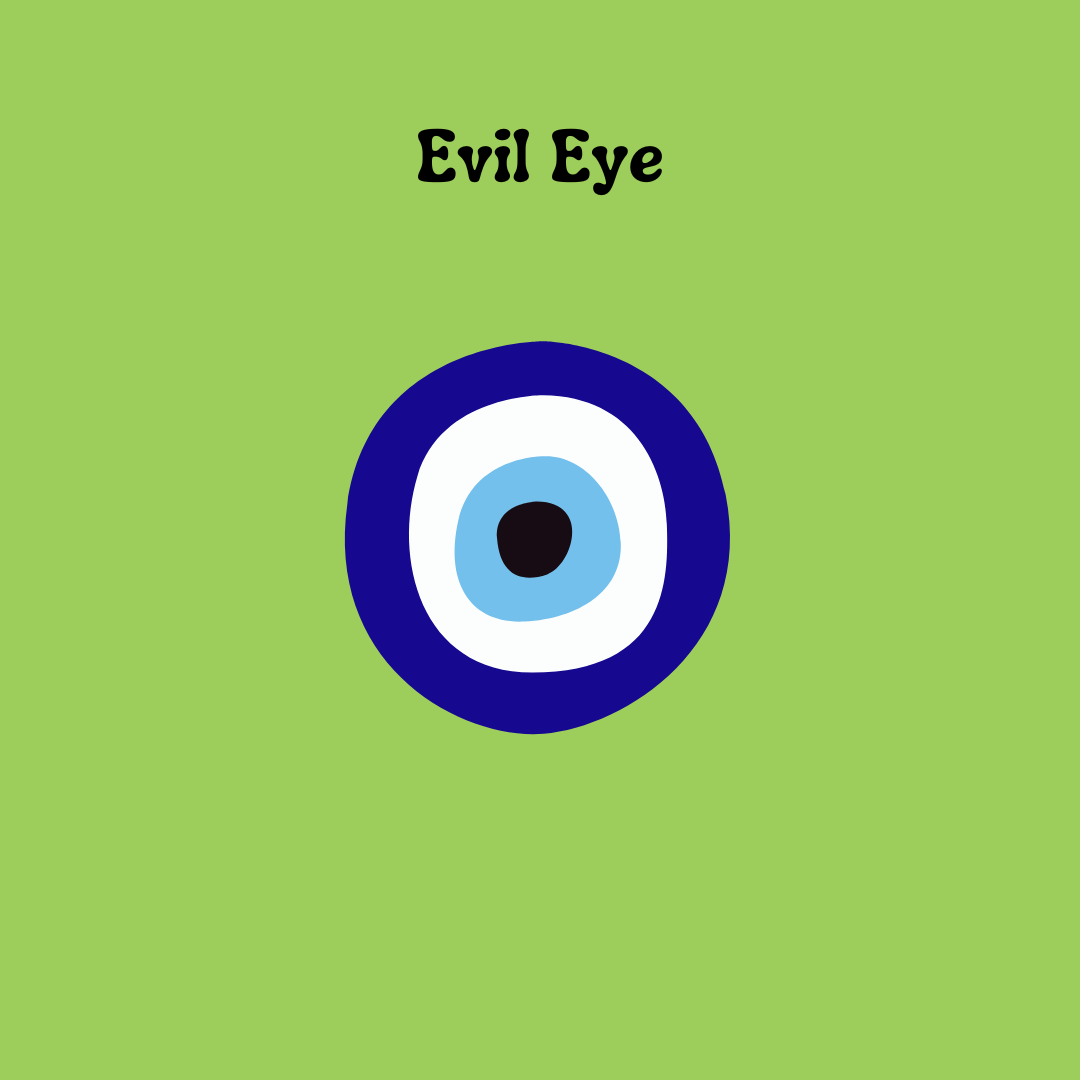
The Story of St.Patrick’s Day
Background
St.Patrick’s Day, a Christian holiday, is celebrated on March 17th to honor the patron Saint of Ireland: Saint Patrick. While St.Patrick’s Day was started in Ireland, Saint Patrick was born in the 4th century in Roman Britain. At the age of 16, he was kidnapped and taken to Ireland where he would be held as a slave. While Saint Patrick did manage to escape slavery and Ireland, he later returned to convert the Irish to Christianity. Before his death, on March 17th, 461, he established numerous churches, schools, and more. Along with this, he was also able to teach the Irish about the Holy Trinity, which was believed to have been done with the shamrock, a common symbol of St.Patrick’s Day.
We know why St.Patrick’s Day is celebrated, however, how did it come to the US if it started in Ireland? The answer is that it was brought to the US by Irish immigrants. Once brought to the US, Ireland was first celebrated in Boston as a parade in 1737.
Traditions
Today the common color associated with St.Patrick’s Day is green. This is seen through numerous decorations, along with clothing or a shamrock that people wear on the holiday. However, the original color associated with St.Patrick’s Day was not green, instead it was blue.
St.Patrick’s Day is considered a feast, as many holidays are. On this day, people commonly enjoy corned beef, cabbage, and beer that is dyed green.
The shamrock is a common symbol of St. Patrick’s Day and is believed to have been used by Saint Patrick to teach about the Holy Trinity. The shamrock symbolized the birth of Spring, which caused it to become a symbol of emerging Irish nationalism in the 17th century. It also became the national plant of Ireland.
On St.Patrick’s Day, it is believed that leprechauns run around causing mischief. These are the same creatures that hide a pot of gold at the end of a rainbow and grant the wish of whoever finds it. The word leprechaun comes from lobaircin, which means a small-bodied fellow. The belief in leprechauns comes from the Celtic belief of fairies that were able to use the magic they possess for good or evil. Leprechauns were the ones who fixed fairie’s shoes and were deemed cranky. It is believed that when you are hiking on Irish mountains and hear tapping, it is a leprechaun hard at work making shoes.

The four-leaf clover is considered an ancient Irish symbol of luck that not only helps people to see fairies but also to avoid their mischief. The four-leaf clover is said to have mystical powers that represent positive attributes of faith, hope, love, luck, fame, health, wealth, and faithful love.

The horseshoe charm is one of the oldest lucky charms and is considered lucky because of the fact it is made of iron, which is unable to be touched by mischievous fairies. Others believe, however, that the devil commanded Saint Dunstan (924-988) to place a horseshoe on his horse. Instead of doing this, he nailed the horseshoe to the devil’s foot, only willing to move it after making the devil agree to stay away from any house with a horseshoe on it.

Ladybugs are said to bring good luck to whoever they land on, so long as they are not brushed off. They are also considered a sign of impending love, as it is believed that when a man and women look at the same ladybug they will fall in love. When a ladybug crawls across a maiden’s hand is supposed to mean that she will be married soon. When a large amount of ladybugs are seen in the Spring it is meant to be a sign of a good harvest on its way. The luckiest shades of ladybugs are deep red with numerous spots. While these beautiful insects bring large amounts of luck in many different ways, they can also bring bad luck if killed.

There are two lucky numbers: the number 7 and the number 8. Number 7 is considered lucky because of its constant use. There are 7 days a week, 7 colors in a rainbow, and 7 planets visible to the human eye. Along with this, it is believed that the 7th son of a 7th son is gifted. 7 is also a common winning roll in many games of chance. Number 8 is considered lucky in China because it sounds similar to prosperity, and the shape of the number is well-balanced.

Another lucky item is the rabbit’s foot, which many people carry around, regardless of whether it is fake or real. However, it has to be specific. It is said that the left hind foot of a rabbit caught in a cemetery at night can ward off any evil magic, and is thus lucky.

The rabbit is not the only lucky animal. The Feng Shui goldfish, dragons, and horses are believed to attract luck and prosperity. The turtle is also considered lucky because of its long lifespan. In Germany, the pig is considered lucky and used as a token to wish someone happiness and luck in the New Year. The swallow is considered good luck due to the Hengbu and Nolbu story where a sparrow rewarded a good deed with prosperity in Korea. Finally, Ancient Egyptians considered the scarab beetle to be lucky.

The rainbow is commonly associated with leprechauns, as it is said they hide a pot of gold at the end of a rainbow and grant the wish of whoever finds it. A double rainbow is even luckier!

Have you ever heard the saying “Find a penny, pick it up, and all that day you’ll have good luck!”? This saying is about lucky pennies, which when found on the ground face-up are considered lucky. Others believe that any coin can be found any side up, so long as it is found outside.

While bamboo is believed to be lucky, in reality, it is a close relative known as dracaena that is considered to hold luck. The more stalks a bamboo has, the luckier it is. It is believed that a bamboo with three stalks brings happiness, longevity, and wealth to its owner.

The dreamcatcher is considered lucky because of Native American lore. It is said to catch any bad dreams that enter a household in order to make it’s owner happier, more balanced, and thus luckier.

While it does sound frightening, the evil eye is considered lucky as well. When someone gives another person the evil eye out of jealousy, it is believed to give bad luck in the form of mental illness or worse. However, using the evil eye charm wards this evil off. This can be used in the form of an evil eye, a hand with an eye in the center, or blue and green beads.

Finally, acorns are considered lucky because they are associated with the Norse god Odin, who hung himself from an oak tree to gain knowledge. This made the acorn a symbol of wisdom and is meant to ward off lightning.
Your donation will support the student journalists of Richland Northeast High School. Your contribution will allow us to attend conferences, purchase equipment and cover our annual website hosting costs.













